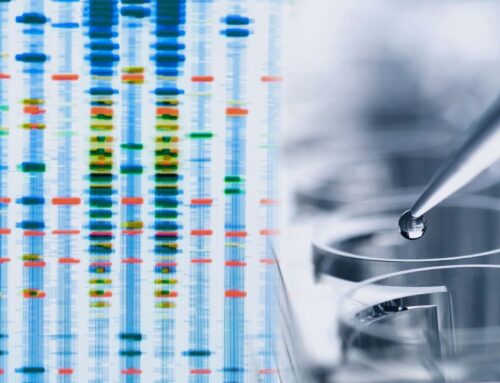November 2023
Acinetobacter baumannii is a Gram-negative, rod-shaped bacterium, responsible for a broad array of infections in immunodeficient patients, including pneumonia, meningitis, and septicemia.
This organism is of particular concern to health professionals due to its resistance to multiple antibiotics, robust pathogenicity and genetic potential for rapid adaptation.
Multi-Drug Resistance
Multi-drug-resistant A. baumannii remains a threat in hospital settings, where the bacterium is shed by infected patients and survives on hospital surfaces for long periods. When there are lapses in disinfection or unaddressed environmental reservoirs, A. baumannii readily spreads to previously uninfected patients. In one notable outbreak, two ICUs had to be completely shut down and thoroughly disinfected to stop the spread of A. baumannii.
Robust Adaptation and Pathogenicity
A. baumannii’s multi-drug resistance is thought to arise from its capacity to naturally acquire genetic material from its surroundings, also known as transformation. Microorganisms that undergo transformation fuel the arms-race that is antibiotic resistance. As microorganisms adapt and strengthen their ability to fight antibiotics, health professionals are left to novel therapies, treatments, and research for a solution.
In 2023, Professor Ingo Ebersberger of Goethe University Frankfur led a group of microbiologists and bioinformaticians to explore A. baumannii‘s protein modifications along an evolutionary lineage. Concentrating on T4A pili, the study found the pili repeatedly acquired new characteristics associated with pathogenicity during evolution.
Uncovering resistance patterns and developing new treatment approaches contributes to advancements in medical science and advances practical solutions to multi-drug resistance.
If you are interested in learning more about A. baumannii or the other multi-drug resistant microorganisms Microchem tests in-house, please email us at [email protected].




